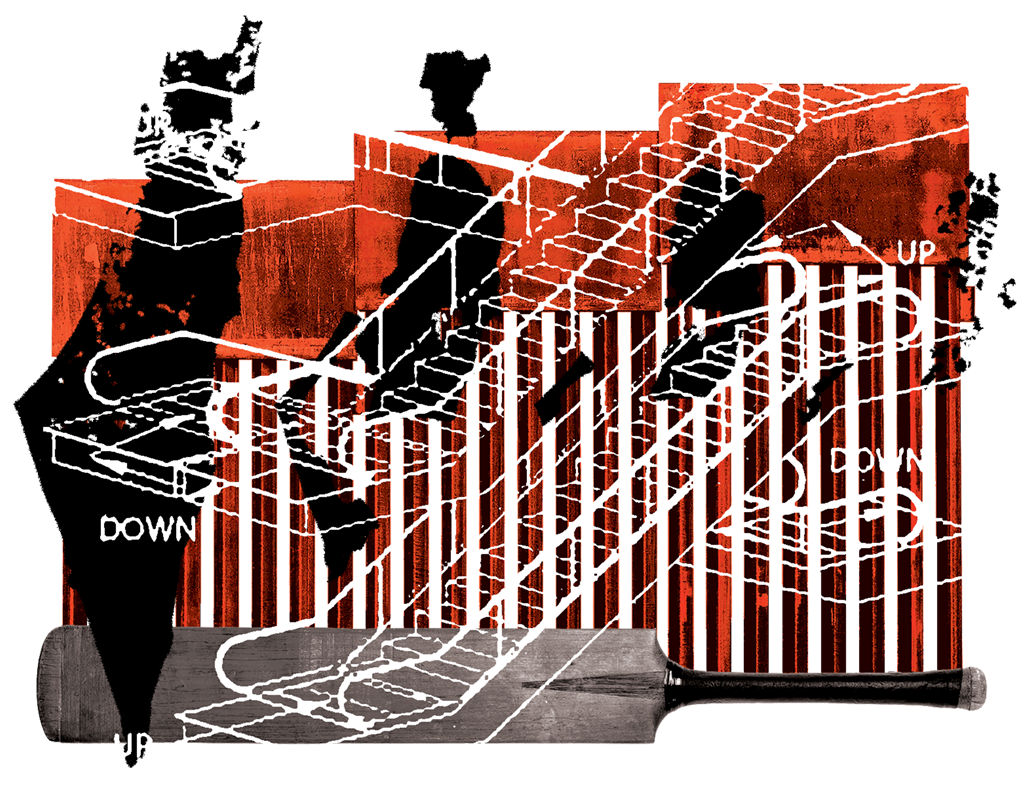On July 25, 2018, 53 million Pakistanis cast their votes in the country’s eleventh general election since 1970, and its third in just over a decade. Polls were held simultaneously to elect 272 legislators to the lower house of parliament, the National Assembly, and 593 legislators to 4 unicameral provincial assemblies. The results signified an apparent shift in the country’s electoral landscape, as the center-right Pakistan Tehreek-i-Insaf (pti), led by anti-corruption crusader, and former cricketer and philanthropist, Imran Khan, emerged as the largest party in the National Assembly for the first time in its twenty-two-year-long history. The previous incumbent, three-time prime minister Nawaz Sharif’s party, the Pakistan Muslim League-Nawaz (pmln), was ousted from both the center after a single five-year term in power, and, more surprisingly, from its stronghold of Punjab Province, where it had led the government since 2008.
Despite falling short of a simple majority, the pti attained the required numbers to form a government with the help of smaller regional parties, paving the way for Imran Khan to be sworn in as Pakistan’s twenty-second prime minister on August 18, 2018.
The pti’s victory and Khan’s ascension to the top of the electoral summit signalled several firsts in Pakistan’s electoral history. This was the first time the pti had won nationally, and the first time its leader Imran Khan had taken up any executive office. This was also the first time in ten party-based general elections — since Pakistan’s first in 1970 — that a party not named the Muslim League or the Pakistan Peoples’ Party (ppp) was leading the central government.1 And notably, it was the first time in the country’s seventy-one years of military-dominated existence that two successive transfers of power had taken place between civilian governments.2
What explains the pti approximately quadrupling its National Assembly seat haul from 35 in 2013 to 149 in 2018 and doubling its national vote-share from 16 percent to 32 percent during a five-year period? Making this rise more notable is that the pti’s emergence to mainstream electoral prominence has taken place during a relatively short period. The party’s rise as a viable third party can be traced back to a large jalsa (public rally/event) held in October 2011 in the country’s second-biggest city, Lahore. For much of its existence prior to the Lahore jalsa, the party remained a marginal outsider, having won only one National Assembly seat in its first three general elections.
